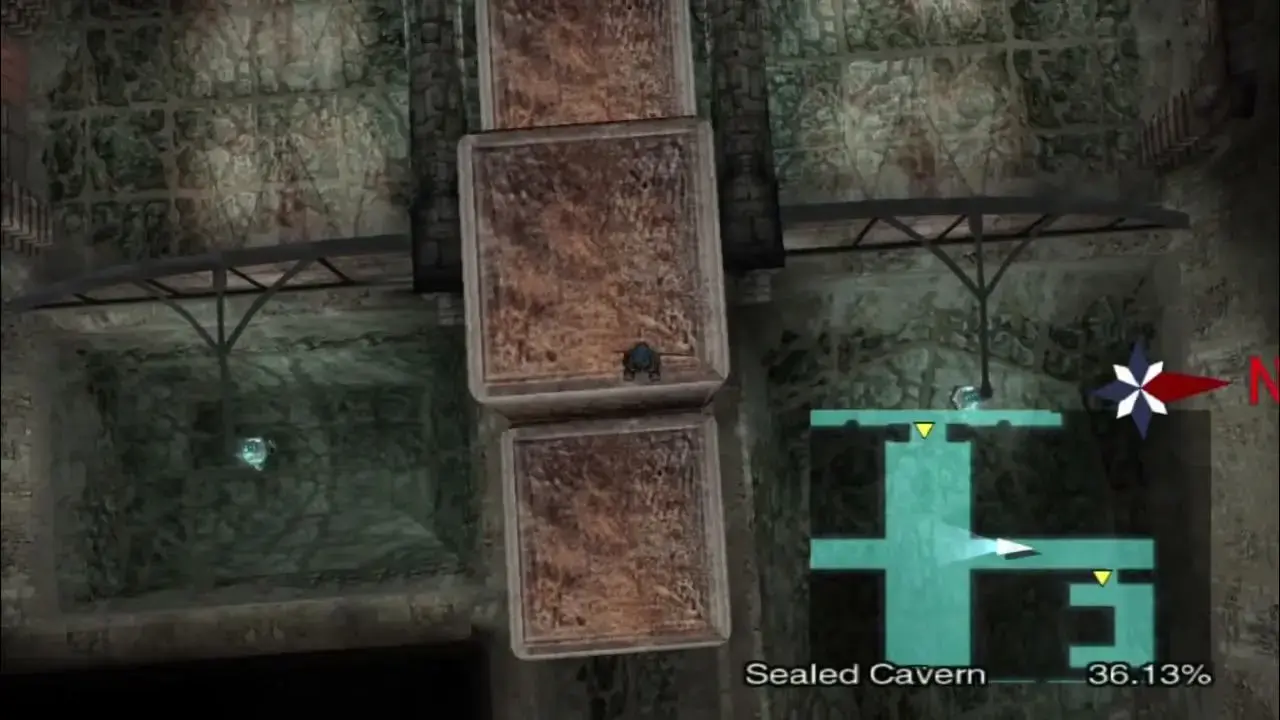It’s worth remembering that the business model always affects the game design. 6th gen consoles were arguably the most “pure”, since obtuse games with strategy guide and hint hotline revenue streams were just about dead thanks to free GameFAQs, and DLC had yet to be introduced. Still, their incentives were to cheaply make as much “value” as they could, which meant churning out levels so that they could put a higher number on the back of the box for how much content you got for your $50 (a little over $80 in today’s money). They also knew there was a good chance people would rent the game and decide to buy it off of that experience, so the best content was typically front-loaded, and then you’d get a lot of padded levels in the later parts of the game. It was rare that I would finish games back then, because often times a game would start strong and then end up filling big rooms, that look a whole lot like earlier big rooms, with trash mobs repeating the same simple loop over and over.
It’s not even a puzzle! It’s just waiting!
To be pedantic: gameplay design, not level design, but I guess the two overlap quite a bit anyway.
Since you brought it up, what is the difference there? Do you mean gameplay design as in the whole game is this way or as in this scene is not a level? (No I didn’t watch OP’s video.)
Gameplay design is the design of how the game plays. Level design of the design of the levels. In this scenario, the problem is not being able to advance until the platforms are even, which is an issue of gameplay design.
To add to this: “level design” typically covers things like the design of paths through the level (both physically and plot/objectives) and visibility of paths affecting player thinking and choices (ie making it clear to the player how to progress, not get lost). These are “big scale” things, not fine detail.
“Gameplay design” typically covers things like movement, interaction and item/skill progression mechanics. The are “small scale” (or for inventories & skill trees: “no physical scale”) things.
In practice the two terms do often overlap quite a bit, so you can argue basically anything to be in either category.
That looks super frustrating :|
I just finished the last level of Perfect Dark (released in 2000 for N64). The hardest part was right at the end (boss fight with rockets being fired at you, one hit and you’re dead) and there are no checkpoints. I repeated this same level so many times and had to read a walkthrough in the end – it turns out I was stuck at a red herring.
Damn, I don’t remember that part at all.
I can understand invisible walls to stop you going off the map, or little “airlock” areas to hide a loading zone, but what is the point of this other than filler?
Ah, that brings me back!






